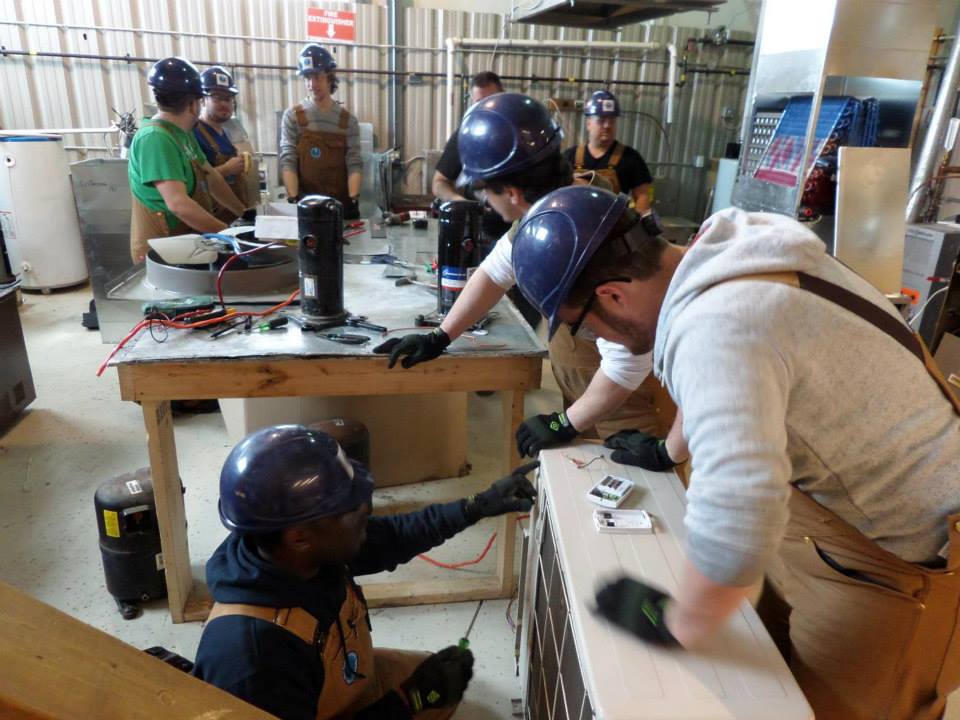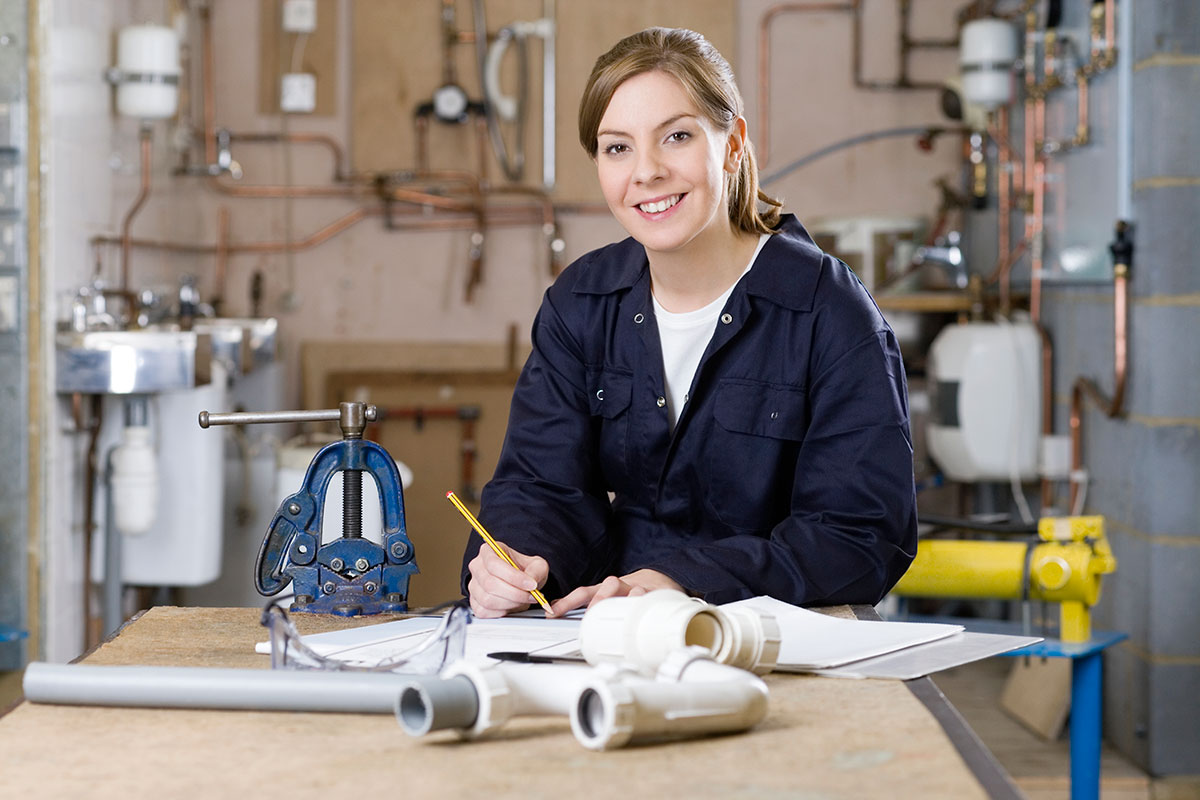Important Plumbing Alabaster AL Tips for Homeowners
A Detailed Overview to Effective Hot Water Heater Installation for Optimum Performance
Getting started on the job of installing a water heating unit is a venture that requires accuracy and an organized approach for achieving optimal performance. As you continue, the complexities of linking water supply lines and establishing up dependable electrical or gas connections await, encouraging insights right into making certain performance and integrity.
Selecting the Right Hot Water Heater

Next, consider the dimension and capability of the hot water heater. It's crucial to assess your home's hot water requirements, which can vary based on the number of residents and their use patterns. A device that's also tiny may cause insufficient warm water, while an oversized design might cause unneeded power usage.
Efficiency rankings additionally play a critical function in option. Try to find water heaters with high Energy Variable (EF) scores, indicating remarkable efficiency and reduced power use. Tankless models, though commonly a lot more pricey upfront, offer substantial energy cost savings gradually because of their on-demand home heating capacities.
Preparing the Setup Location
Prior to setting up a brand-new water heating unit, thorough preparation of the setup location is necessary. It's essential to gauge the space meticulously to fit the water heating system's dimensions, making sure adequate clearance around the system for efficient operation and maintenance.
Next, eliminate any kind of particles, dust, or obstructions from the site to produce a tidy setting. Check the floor for stability, as the water heating unit will certainly require a strong, degree surface to operate efficiently. If needed, set up a drip frying pan under the unit to catch potential leaks or spills, avoiding water damage to the surrounding area. In regions susceptible to seismic activity, think about setting up seismic straps to protect the heating unit securely in position.
Additionally, ensure that all necessary devices and products are on hand before commencing the installment. This consists of products such as wrenches, screwdrivers, a level, and any added equipment needed for safeguarding the heating system and installing. A well-prepared installation location establishes the foundation for a successful water heating system arrangement, enhancing performance and safety.
Connecting Water Lines
When linking water system lines to your recently set up water heater, it is crucial to ensure that all links are safe and leak-free to keep effective operation and stop water damage. Begin by recognizing the warm and cold water lines. The chilly water inlet is typically noted with a blue label or a "C", while the warm water outlet is noted with a red tag or an "H".
Use adaptable water heating unit connectors to assist in a simpler installment process. These ports can absorb vibration and permit for small activity, decreasing the threat of leaks. Before click here now affixing the connectors, position a plumbing's tape around the threaded ends of the water heating system's inlet and outlet pipelines - Water Heater installation you could try these out Alabaster AL. This tape serves as a sealer, preventing leaks. Very carefully connect the flexible pipes to the corresponding inlet and outlet, guaranteeing that they are limited yet not over-tightened, which might harm the strings.
When connections are in location, gradually switch on the major water shutoff. Evaluate each link for leakages by aesthetically really feeling and examining for dampness. Tighten up links as essential, and make certain the stress safety valve is appropriately mounted, guarding versus extreme stress build-up.
Setting Up Electrical or Gas Connections
Correctly setting up the electric or gas connections for your water heating system is an important step to make certain risk-free and efficient procedure. For electric water heating systems, begin by validating that the electric circuit is compatible with the heating unit's voltage and amperage requirements.
For gas hot water heater, security is paramount. Verify that the gas supply is off prior to proceeding. Attach the gas line to the hot water heater utilizing a flexible gas port, guaranteeing it is correctly threaded and secured with pipe joint substance or Teflon tape appropriate for gas connections. Tighten the links with a wrench, making sure not to over-tighten (Plumbing Alabaster AL).
As soon as connections are made, examine for any type of possible leakages. For gas lines, apply a soapy water service to the joints; bubbles suggest a leak. Find Out More For electric links, double-check that all wiring is protected and appropriately shielded, keeping compliance with local electrical codes.
Changing and checking for Performance
With the electric and gas links firmly in area, the following action is evaluating the functional efficiency of your hot water heater. Begin by thoroughly activating the water system and making sure there are no leakages at any of the valves or joints. Once confirmed, continue to load the container, paying focus to the stress and temperature level setups. It is suggested to establish the thermostat to an advised temperature level of around 120 ° F(49 ° C) to balance energy efficiency and comfort.
Following, do a thorough inspection to make sure the heating components or burner are functioning correctly. For electrical heating units, utilize a multimeter to validate if the aspects are drawing the ideal present. In gas models, observe the heater flame; it should be constant and blue, suggesting efficient burning.
Readjust the setups as essential to eliminate inefficiencies. Think about implementing insulation measures, such as adding a hot water heater covering, to additionally improve performance by lessening heat loss. Furthermore, examine the anode rod's condition, as a deteriorated pole can reduce effectiveness and lead to tank rust.
Conclusion
Effective water heating system installation is critical for guaranteeing optimum performance and power financial savings. By selecting the proper kind and size, and carefully preparing the installment location, a foundation for success is established. Safely attaching water supply lines and very carefully establishing electric or gas connections reduce prospective concerns. Thorough testing for leaks and exact thermostat changes to 120 ° F enhance reliability and effectiveness. Abiding by these actions advertises lasting functionality and energy conservation in domestic water heater.

Correctly setting up the electrical or gas connections for your water heating unit is a crucial step to guarantee effective and risk-free procedure. For electric water heating units, start by confirming that the electrical circuit is compatible with the heating unit's voltage and amperage demands. Link the gas line to the water heating unit utilizing a versatile gas port, ensuring it is correctly threaded and sealed with pipe joint substance or Teflon tape ideal for gas links.